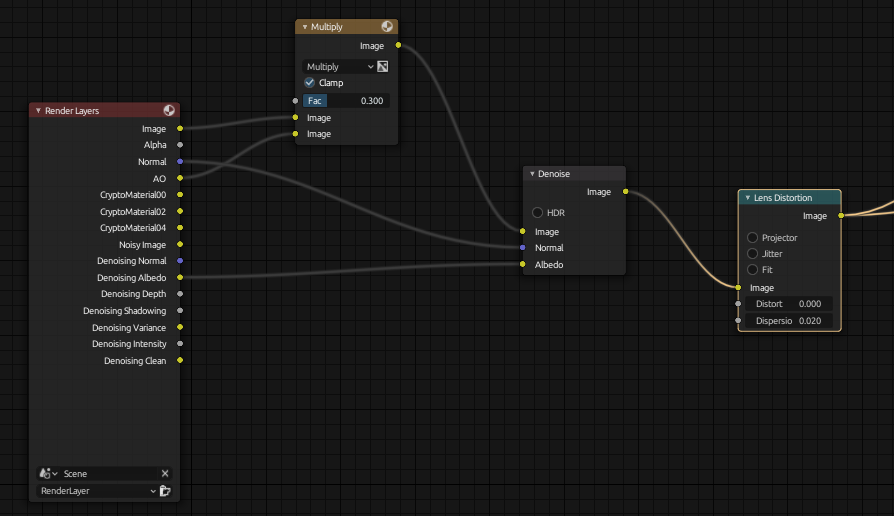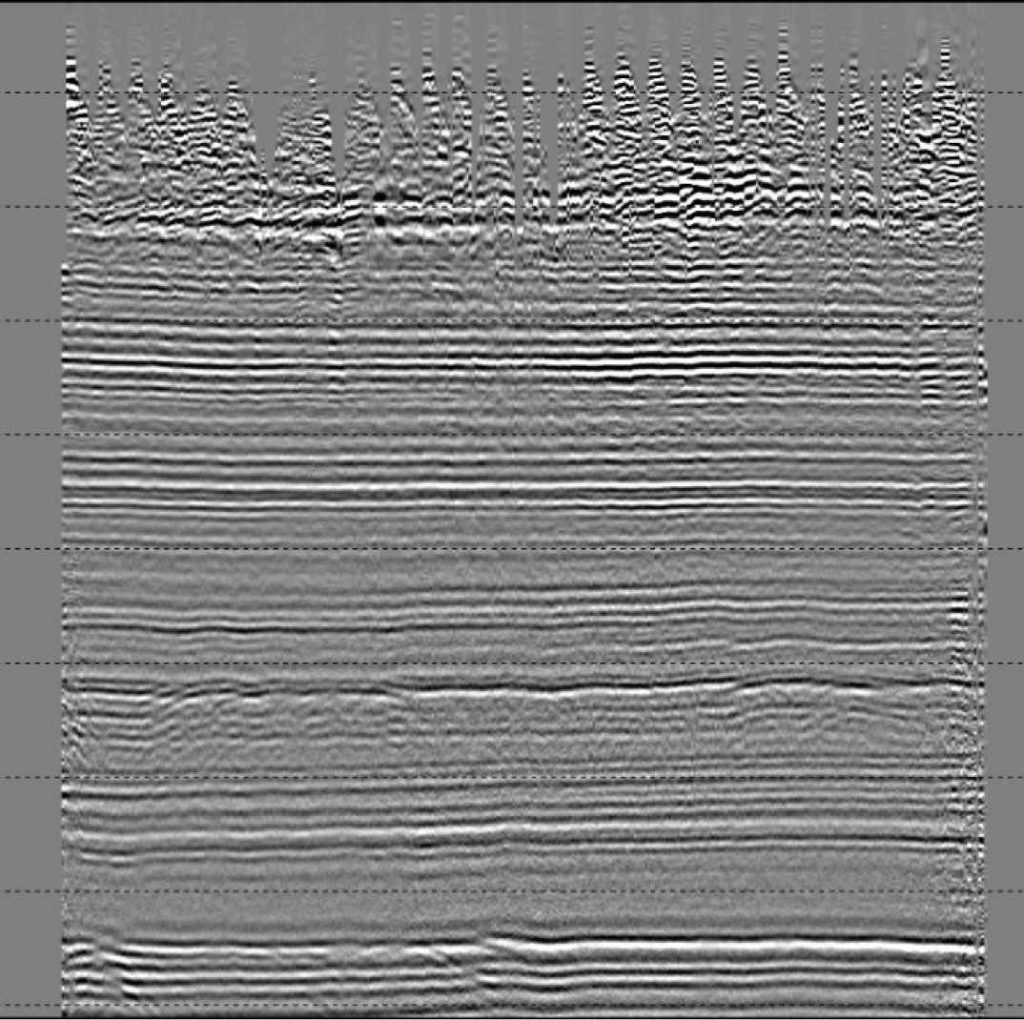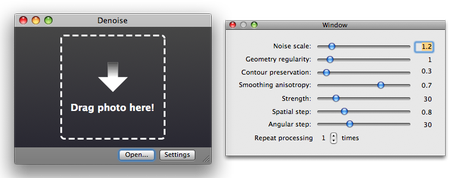
#IMAGE DENOISE HOW TO#
A major problem in image denoising is how to distinguish between noise, edge, and texture (since they all have high-frequency components). Image denoising procedures remove noise and restore a clean image. Nowadays, the process of restoring information from noisy images to obtain a clean image is a problem of urgent importance. Hence, image denoising is a fundamental aspect which strengthens the understanding of image processing task.ĭue to the increasing generation of digital images captured in poor conditions, image denoising methods have become an imperative tool for computer-aided analysis. Noise adversely affects image processing tasks (such as video processing, image analysis, and segmentation) resulting in wrong diagnosis. In image processing, image noise is the variation in signal (in random form) that affects the brightness or color of image observation and information extraction. Environmental, transmission, and other channels are mediums through which images are corrupted by noise. Images are corrupted with noise in the process of acquisition, compression, and transmission. In the last decade, the utilization of images has grown tremendously. Potential challenges and directions for future research were equally fully explicated. Previous and recent papers on image denoising with CNN were selected. We proposed a review of image denoising with CNN. Some state-of-the-arts CNN image denoising methods were depicted in graphical forms, while other methods were elaborately explained. Motivations and principles of CNN methods were outlined. Several CNN image denoising papers were selected for review and analysis. Popular datasets used for evaluating CNN image denoising methods were investigated. Different CNN methods for image denoising were categorized and analyzed. In this paper, we offer an elaborate study on different CNN techniques used in image denoising. These methods used different datasets for evaluation. Several CNN methods for denoising images have been studied. Convolutional neural network (CNN) has increasingly received attention in image denoising task. Wa_cq_url: "/content/Specifically, Gaussian, impulse, salt, pepper, and speckle noise are complicated sources of noise in imaging. Wa_audience: "emtaudience:business/btssbusinesstechnologysolutionspecialist/developer/softwaredeveloper", Wa_english_title: "Build and Run Sample Projects Using the Visual Studio* Command Line", Wa_curated: "curated:donotuseinexternalfilters/productdocumentation", Wa_emtoperatingsystem: "emtoperatingsystem:microsoftwindows", Wa_emttechnology: "emttechnology:inteltechnologies/oneapi", Wa_rsoftware: "rsoftware:inteloneapitoolkits/inteloneapirenderingtoolkit",

Wa_emtprogramminglanguage: "emtprogramminglanguage:cc/dataparallelcdpc,emtprogramminglanguage:cc,emtprogramminglanguage:sycl", Wa_emtcontenttype: "emtcontenttype:designanddevelopmentreference/developerguide/developergettingstartedguide",


See Exploring Intel oneAPI Samples from the Command Line for a video tutorial on creating a project with the command line.
#IMAGE DENOISE CODE#
Intel Open Volume Kernel Library 03_openvkl_gsg sample is available in the C language menu option of the Code Sample Browser for Intel oneAPI Toolkits: The samples are numbered and staged to be tried in order.
#IMAGE DENOISE DOWNLOAD#


 0 kommentar(er)
0 kommentar(er)
